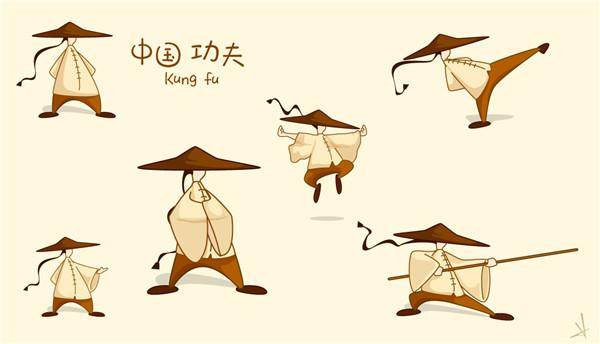How can we categorize Chinese wushu?
2 min readStyles of Chinese martial arts may be broadly categorized as the Northern style and the Southern style with reference to the geographical regions divided by the Yellow River.The Northern style wushu originate from north of the Yellow River;the Southern style from south of the river.
Another categorization divides into external wushu and internal wushu.Externalwushu use muscular force,speed and sheer strength to produce power.It is known from its area of origin,such as Northern Shaolin Boxing or Chang Boxing . Internal wushu uses“wise force “to overcome its opponents.It combines qi energy with muscle strength to produce power;and its best known styles are Taijiquan,Xingyiquan,and Baguazhang .

Training the internal wushu often includes standing meditation and special exercises to foster qi.Some experts think,however,that this categorization is not accurate because any good wushu style should have a healthy balance of both internal and external principles and no wushu,regardless of its technique or training,is purely internal or external.
Are there other categorizations of wushu?

Wushu is also known as fighting strategies,which fall into categories ofunarmed and armed combat.Unarmed combat refers to the boxing arts and functions as the basis of wushu training.The main forms include Chang Boxing,Southern Boxing ,Taijiquan and Shaolin Boxing.Armed combat refers to martial arts that use weapons .Although there are more than 400 different types of ancient Chinese weapons,there are only 18 standard weapons used in wushu competition.Some popular weapons include broadsword,straight sword,spear,staff,double-sword,nine-section whip and three-sectional staff.Sometimes a practitioner will create a variation involving two of the same types of weapons.
Modern wushu competition performances fall into six categories:
a.Empty hand forms.
b.Weapon forms.
c.Choreographed routines(involving two or more people).
d.Group practice.
e.Sparring competition.
f.Qigong power demonstration.









